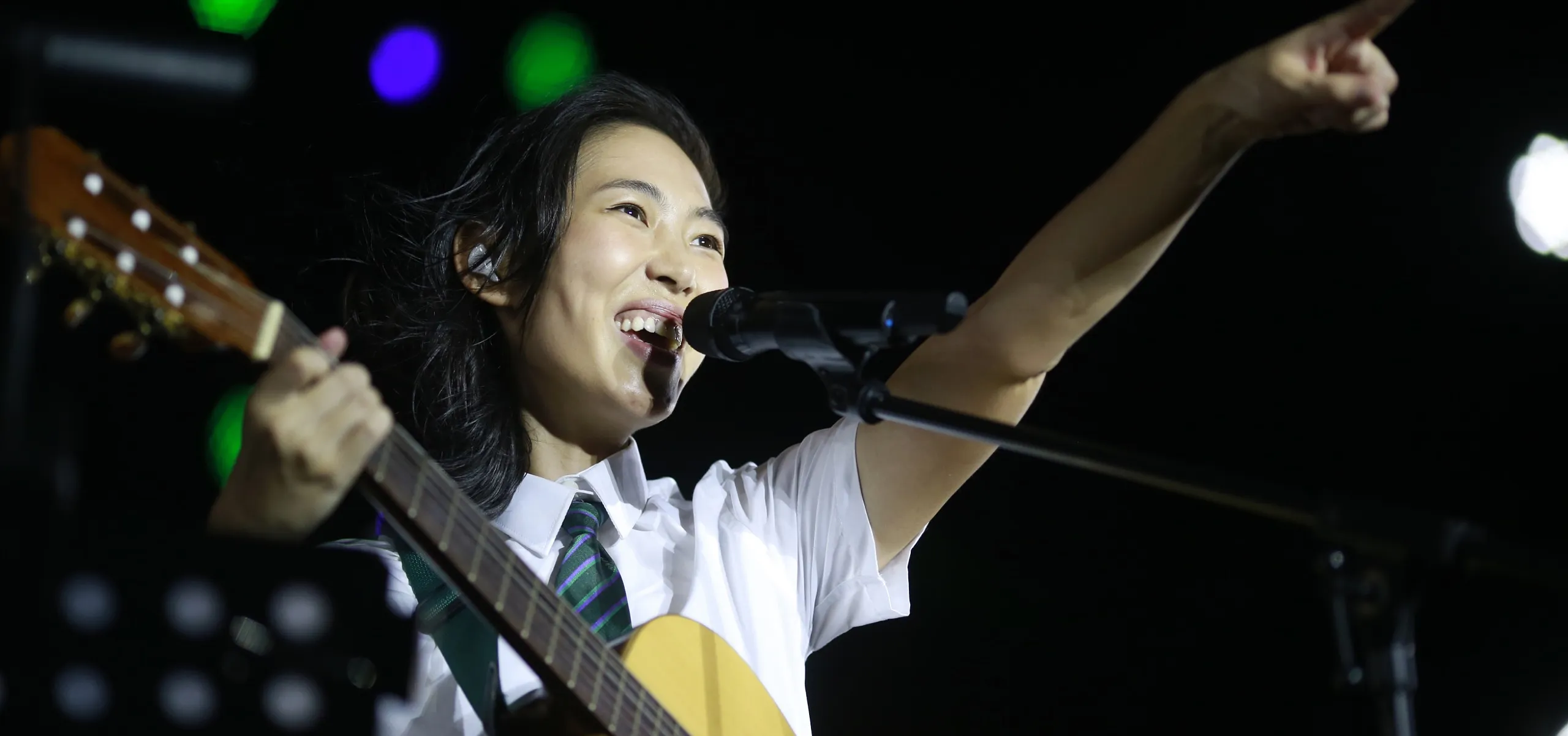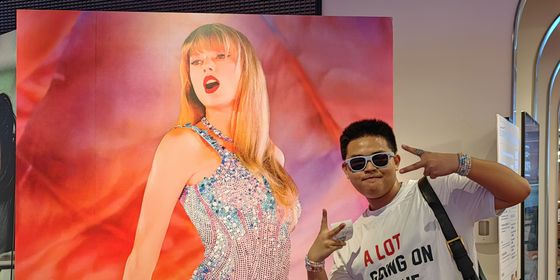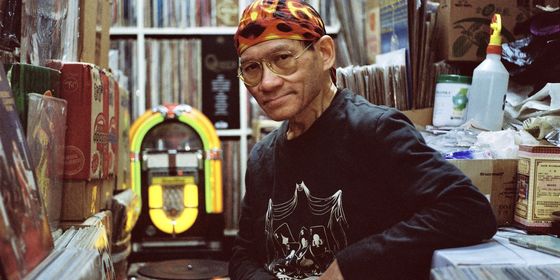Fourteen years after debuting with a cover album, the singer-songwriter stays relevant to Gen Z with eclectic sounds and experimentation
Joanna Wang’s track “Alice in Wonderland,” a dreamy, nostalgic, slow-tempo cover of the 1951 animation theme song, featuring an 85-person Slovakian orchestra from her 2014 album Midnight Cinema, wasn’t made for the TikTok age, but that hasn’t stopped it blowing up on the short video platform.
As of April 2022, the 33-year-old Wang’s song is the backing track to more than 155,000 videos on TikTok, some featuring glittery strawberry cupcakes, girls with filters showing off shiny hair, and even sex-ed trivia. The number of the total views is unknown, but a measure of the track’s popularity is that the supposedly “viral” dance track “Stars Align,” by Mandopop megastar Jolin Tsai (co-produced by Morrocan-Dutch DJ R3HAB), is used in a paltry 25,000 videos on the platform.
With 41 percent of TikTok users aged between 16 and 24, Taiwanese-born American Wang’s success with “Alice in Wonderland” proves that today’s pop doesn’t have to be a bass-gurgling, volume-maxed-out EDM track made by a good-looking DJ to attract Generation Z. But how did a vintage re-worked theme song from a 1950s animated movie of the same name lend itself to videos of their lives?
It’s perhaps a testament to Wang’s versatility and prowess as a creator with a 15-year career of pushing boundaries in her music, and the appeal of something different—a dreamy, magical, nostalgic vibe—to the younger generation.
Salina Johns, a 24-year-old TikToker/singer-songwriter with over 2 million followers once explained that the generation is tired of the “traditional” pop songs by megastars such as Ed Sheeran or Taylor Swift. Gen Z megastars such as Billie Eilish or Lil Nas X have been breaking the very idea of “pop” music—founded on capitalist music labels and repetitive choruses—and instead break walls between musical genres and embracing sounds that are fluid and difficult to categorize.













